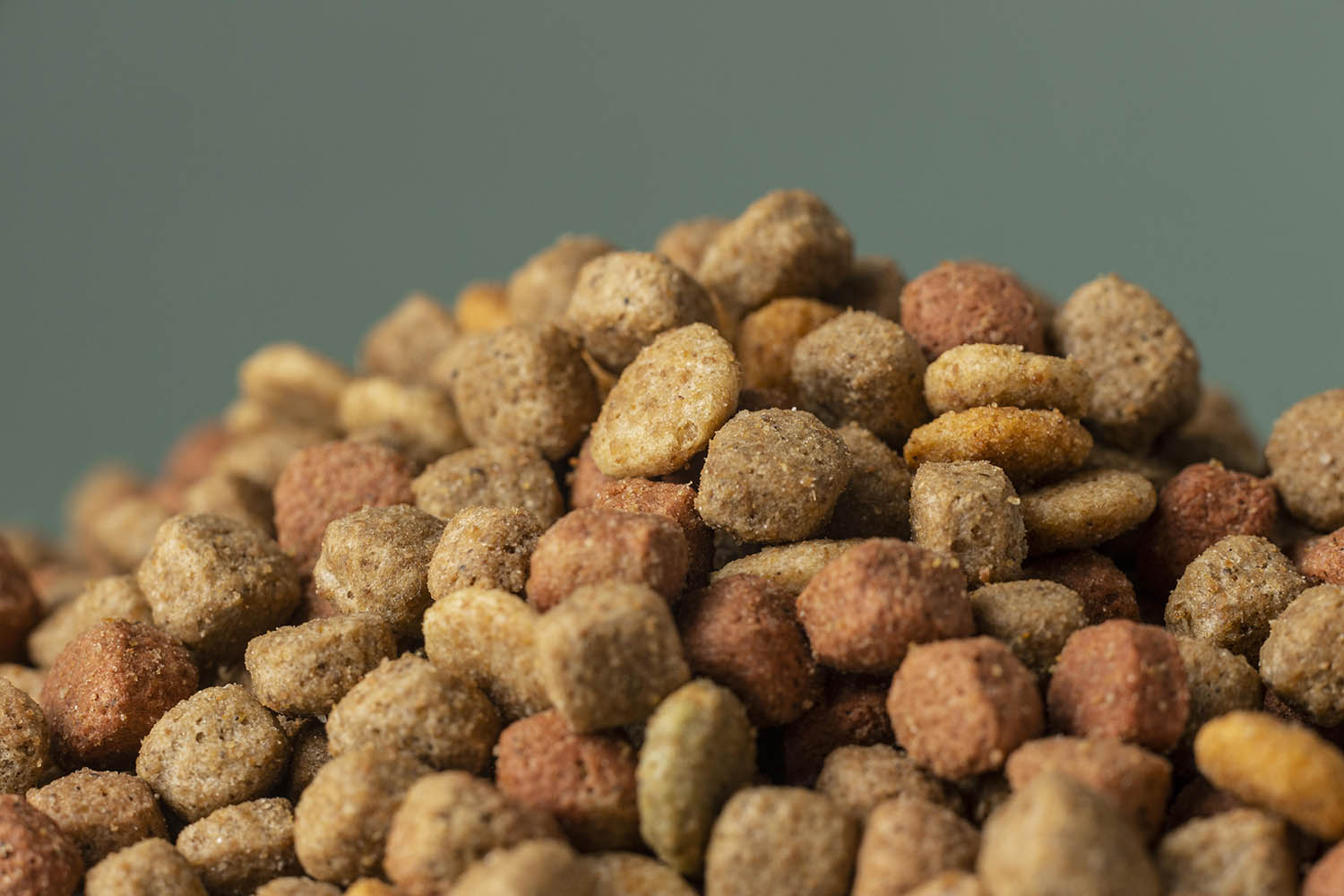BltLW News Hub
Your source for the latest insights and updates.
Furry Food Detectives: Uncovering the Truth About Pet Nutrition
Join the Furry Food Detectives as we unveil shocking truths about pet nutrition that every pet owner must know!
The Top 5 Misconceptions About Pet Food: What Every Pet Owner Should Know
When it comes to choosing the right diet for our furry friends, many pet owners fall prey to common misconceptions about pet food. One of the most widespread myths is that all pet food is created equal. In reality, not all brands offer the same quality of ingredients or adhere to stringent nutritional standards. This difference can significantly affect your pet's health. Another misconception is that premium pet foods are merely a marketing gimmick. Many of these products contain higher-quality ingredients and better formulations, providing pets with essential nutrients that lower-grade foods may lack.
Additionally, some pet owners believe that grain-free diets are the healthiest option for all pets. While certain pets may benefit from a grain-free diet, it is not universally better for every animal. It's crucial to consult with your veterinarian before making significant changes to your pet's diet. Lastly, another myth is that homemade pet food is always better than store-bought options. While home-cooked meals can be beneficial when balanced correctly, they can also lack essential nutrients without proper guidance, leading to potential health issues. Understanding these misconceptions can help every pet owner make informed decisions for their beloved companions.

How to Read Pet Food Labels: A Step-by-Step Guide for Concerned Pet Parents
Reading pet food labels is essential for concerned pet parents who want to make the best dietary choices for their furry friends. Start by looking at the ingredient list, which is typically located at the top of the label. Ingredients are listed in descending order by weight, meaning the first few ingredients are the most significant in the formula. Focus on high-quality sources of protein such as chicken, beef, or fish, and avoid vague terms like 'meat by-products' or 'animal fat'.
Next, analyze the guaranteed analysis section, which provides a breakdown of the food's nutritional content. Look for the percentages of protein, fats, and fiber to ensure the food meets your pet's specific needs. For a complete diet, ensure that the protein content is suitable for your pet's age and activity level. Lastly, check for additional nutrients, such as vitamins and minerals, that are crucial for your pet's health. By taking these steps, you'll be better equipped to choose the right food for your beloved pet.
Are Grain-Free Diets Really Better? Debunking Popular Pet Nutrition Myths
When it comes to pet nutrition, the popularity of grain-free diets has surged in recent years, leading many pet owners to believe that these diets are inherently superior. However, it's essential to debunk the myth that all grains are detrimental to pets' health. In fact, grains like rice and oats can provide vital nutrients and fiber that aid in digestion. Pet food formulations that include grains can be well-balanced and beneficial for overall health. As with any diet, the key is to ensure it's complete and meets the specific nutritional needs of your pet, rather than solely focusing on removing grains.
Moreover, there is a growing concern regarding the potential links between grain-free diets and certain health issues, particularly heart diseases such as dilated cardiomyopathy (DCM). Studies have suggested that diets high in certain ingredients commonly found in grain-free formulations, like lentils and peas, may contribute to these health risks. It's crucial for pet owners to consult with veterinary professionals and choose high-quality pet foods based on nutritional science rather than trends. Ultimately, the best approach to pet nutrition is one that prioritizes their specific dietary requirements rather than following potentially misleading dietary fads.